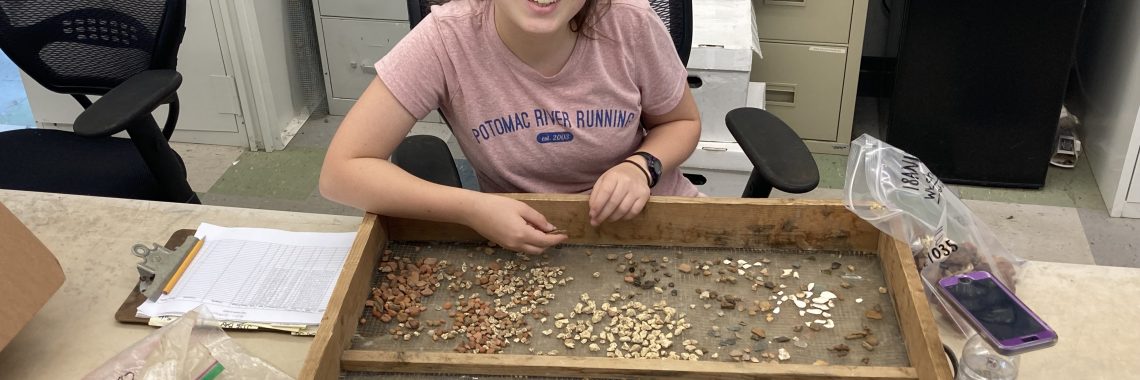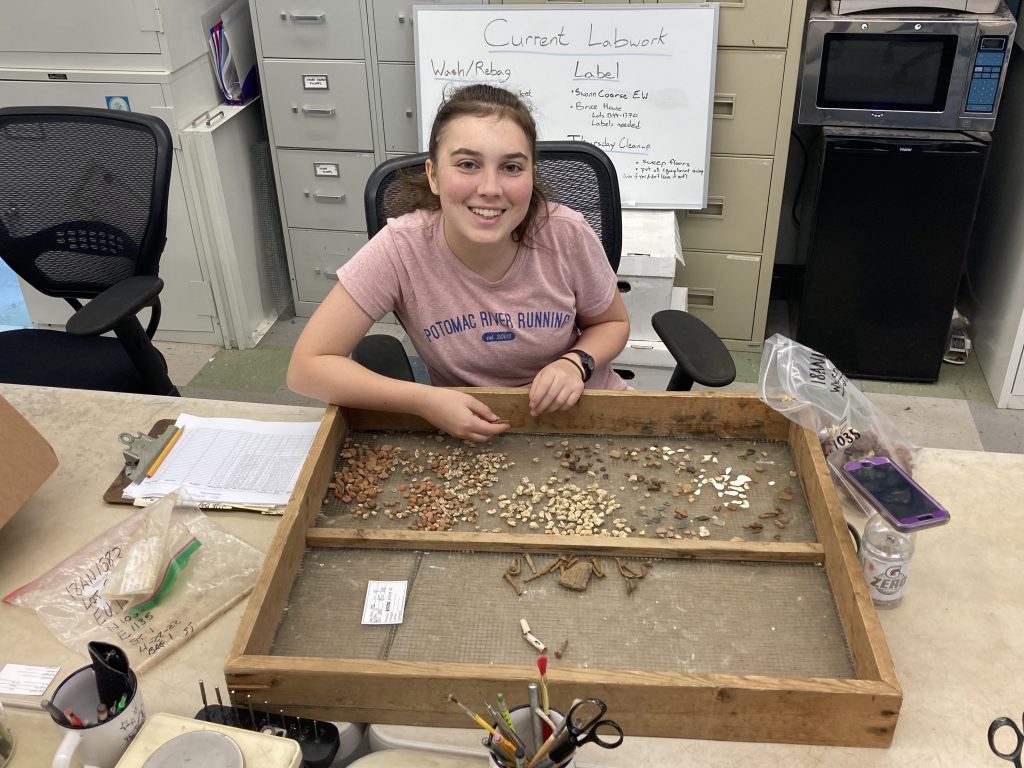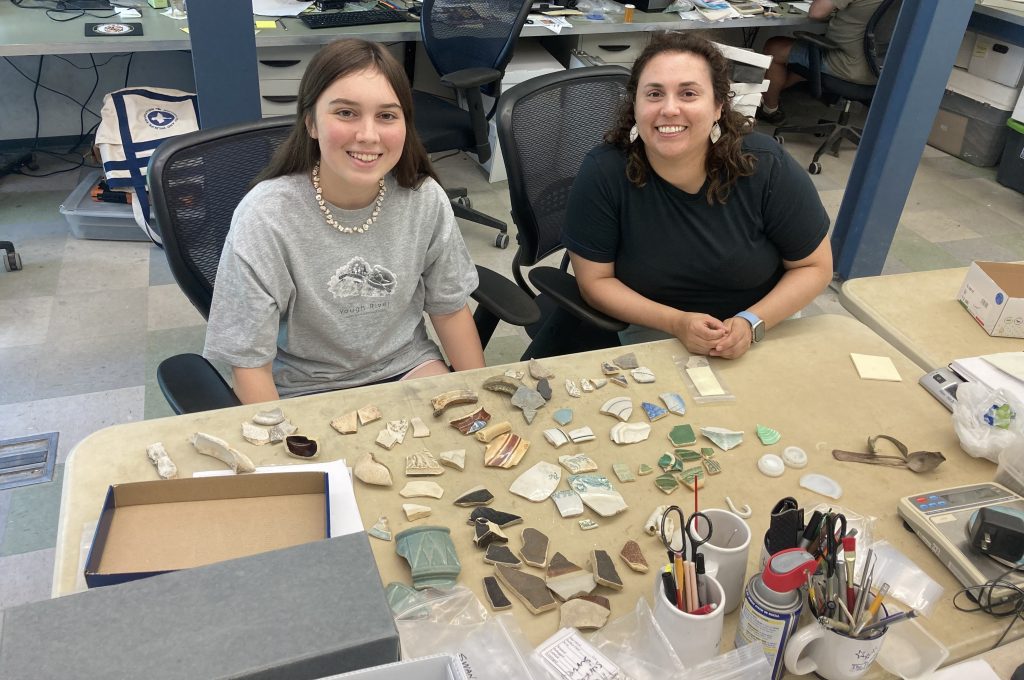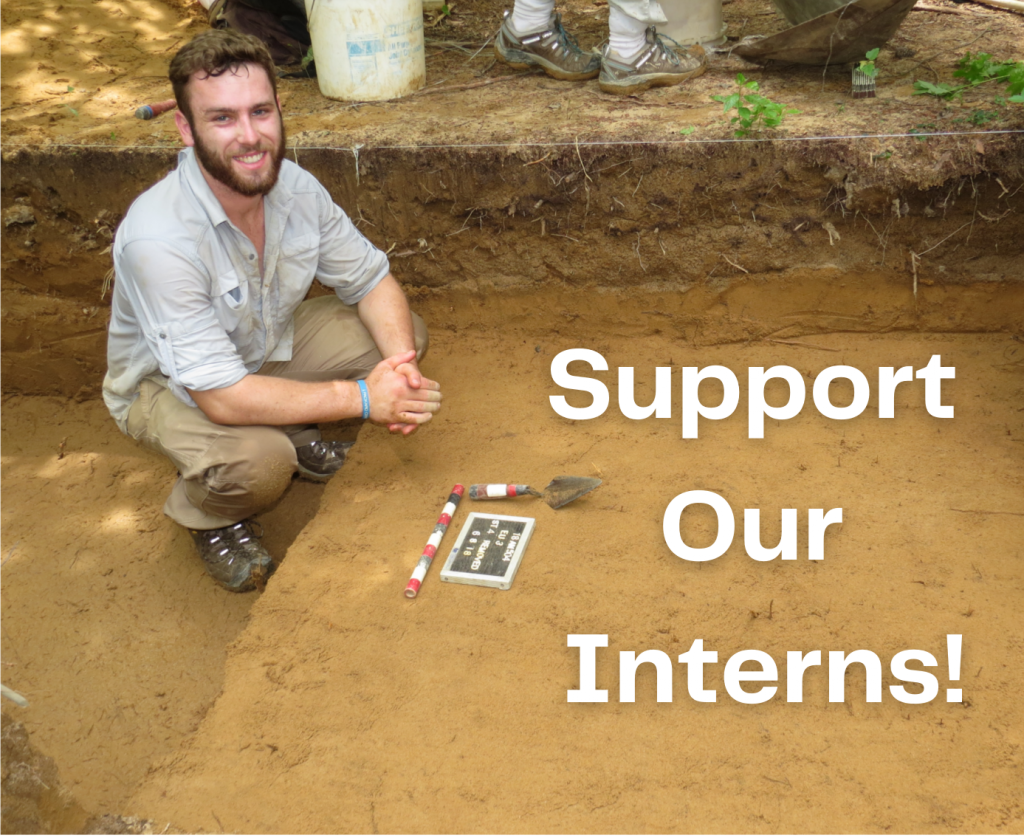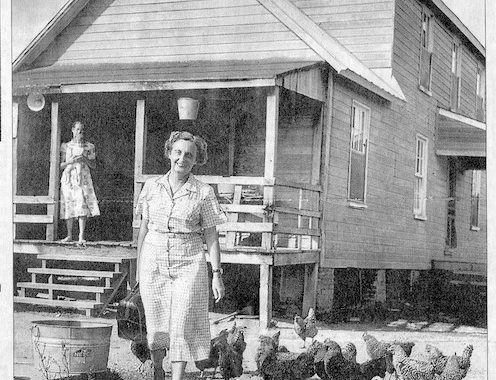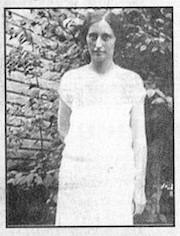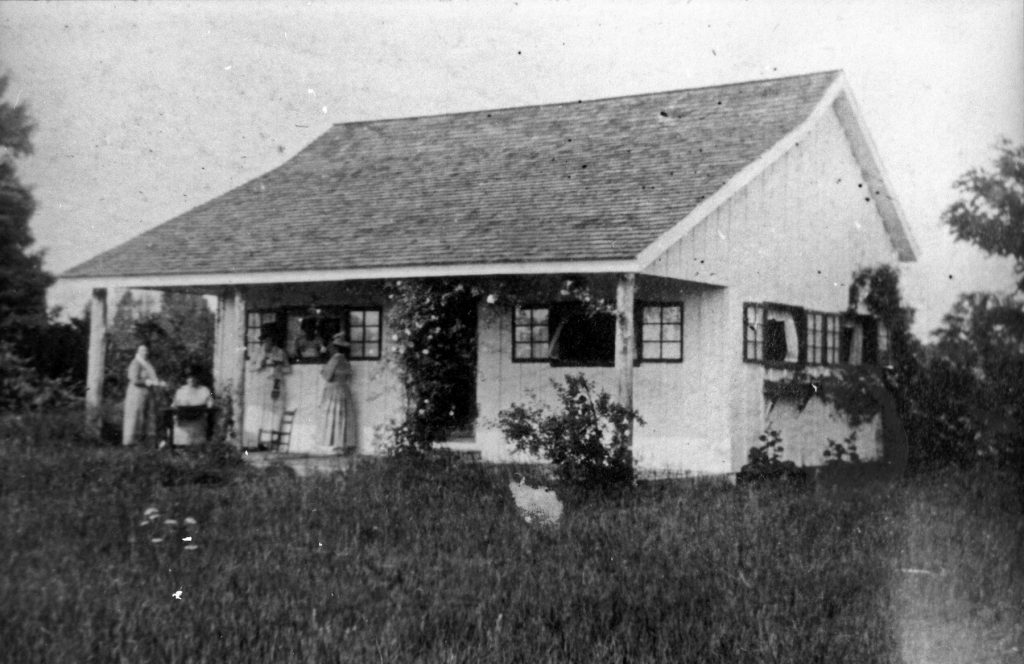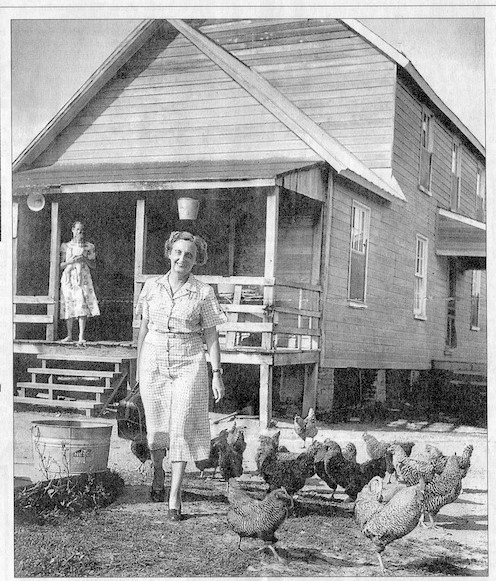Archaeology Month Events: April 2023
April is Maryland Archaeology Month!
Here is how we are getting involved. Find more archaeology events across the state at marylandarcheologymonth.org.
Archaeology Lab Open House (Maryland Day Weekend)
Saturday & Sunday, April 1st & 2nd
10:00 am – 4:00 pm
Free and Open to the Public
Anne Arundel County Archaeology Lab
839 Londontown Road, Edgewater, MD
Dig into local history at the Anne Arundel County Archaeology Lab! View a wide variety of artifacts from recent excavations across Anne Arundel County, from a 75-year-old bicycle seat to a 13,000-year-old spear point.
Try your hand at sorting artifacts, get your hands dirty at the artifact washing station, or learn how you can get involved in archaeological digs and labwork, right here in Anne Arundel County.
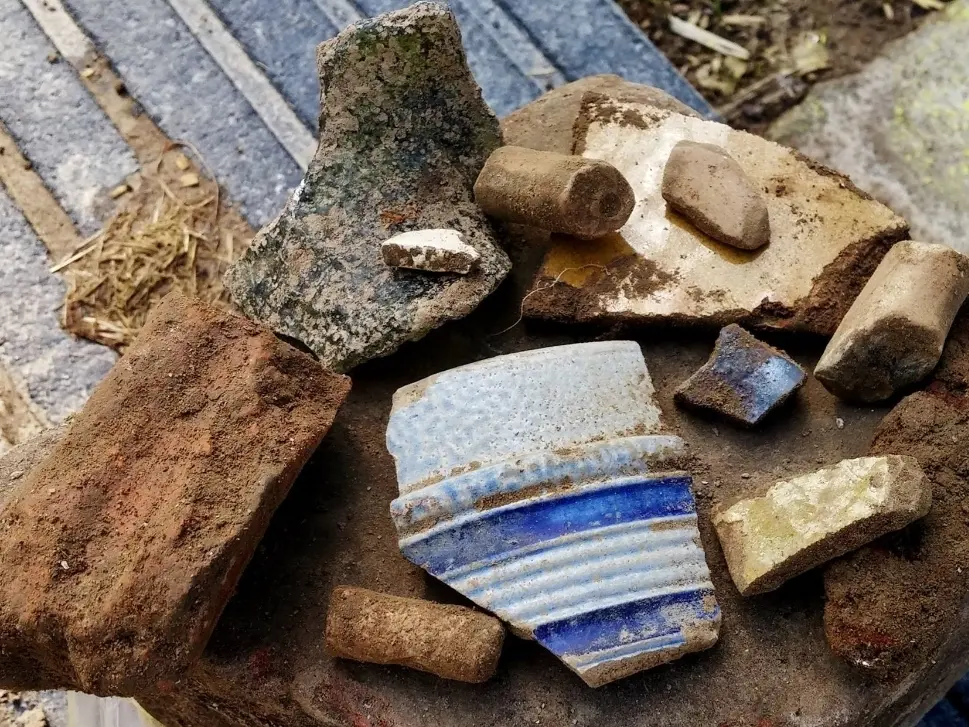
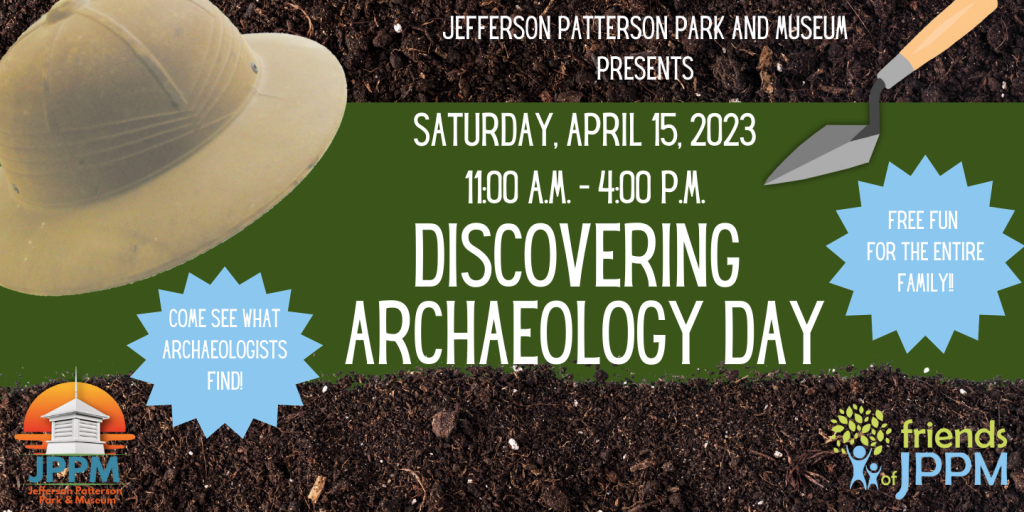
Discovering Archaeology Day
Saturday, April 15
11:00 am – 4:00 pm
Free and Open to the Public
Jefferson Patterson Park and Museum
10505 Mackall Rd
St. Leonard, MD
Bring the entire family for a day of interactive learning and fun with archaeologists from across Maryland and Virginia, including hands-on activities for kids of all ages, archaeological site and lab tours, exhibits, games, giveaways, and cool crafts. This event will take place inside and around the Maryland Archaeological Conservation Lab, located on the grounds of the park. The lab is home to over 10 million archaeological artifacts from across the state and contains one of the largest archaeological conservation labs in the nation–a must-see! There will be food and beverages for sale at the event. Appropriate for all ages.
Hosted by Jefferson Patterson Park & Museum.
The Archaeology of Jug Bay: A Hike through History
Saturday, April 22nd
10:00 am – 1:00 pm
$10/person, Register here
Ages 12+
Jug Bay Wetlands Sanctuary
1361 Wrighton Road, Lothian, MD
Join archaeologist Drew Webster, from Anne Arundel County’s Cultural Resources Section to celebrate Archaeology Month with a hike from the Jug Bay Visitor’s Center to the Jug Bay River Farm. Along the hike (approximately 3-4 miles) you will learn about the many archaeological findings and research sites ranging in occupations from 13,000 years ago to the historic period. Drew will share how these archaeological sites inform us about past ways of life for people occupying the landscape of Jug Bay. The hike will include an artifact show-and-tell.
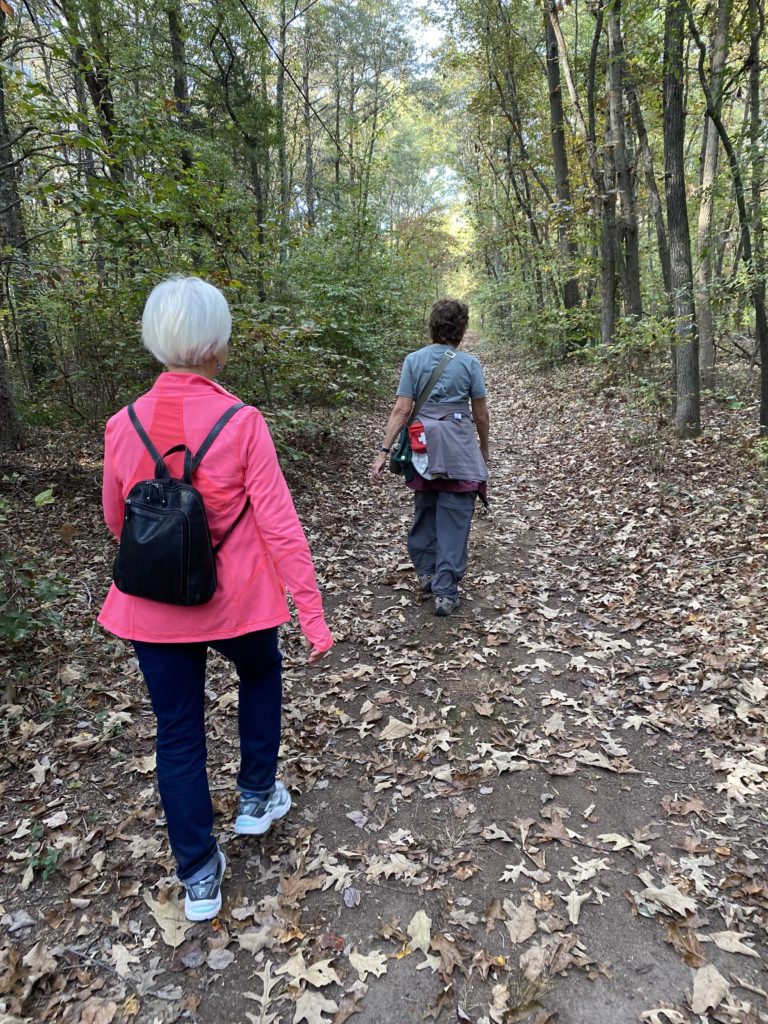
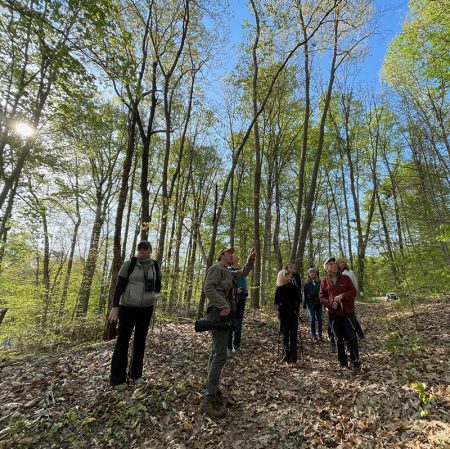
Walk for the Woods
Saturday, April 29
(Rain Day: April 30)
7:00 am – 3:00 pm
Free and Open to the Public
Back Ridge Natural Area
Farm Road
Crownsville, MD
Enjoy a day of guided hikes exploring the heart of the conserved Bacon Ridge Natural Area in Crownsville. Experts in wildlife, native plants, birds, history, archaeology, and more will be on-site and available to attendees. Plus, self-guided hike options will be offered, complete with trail maps and educational signage posted along the trails, as well as other fun educational activities.
Registration for guided hikes will open in early April 2023. The hike schedule and link to registration will be announced via email and social media and posted to www.SRLT.org.
Hosted by Scenic Rivers Land Trust.


